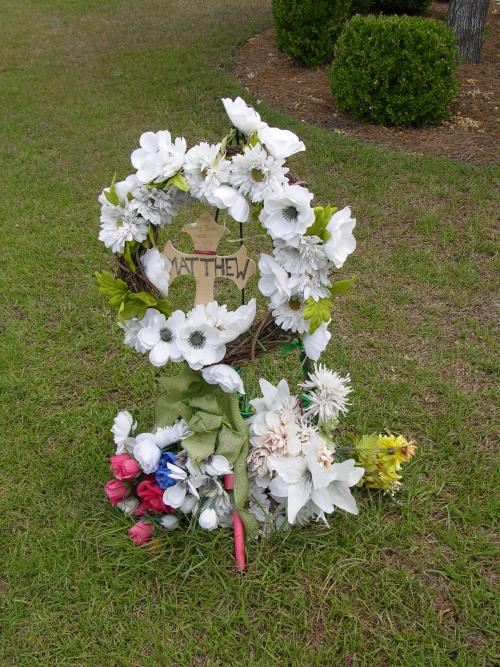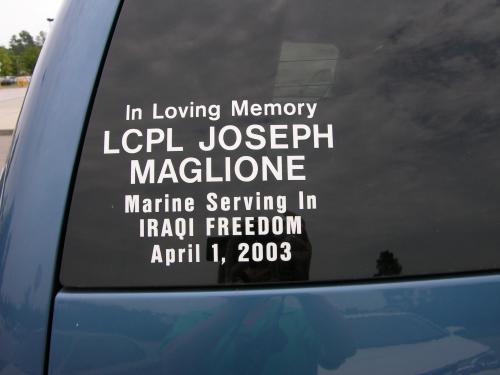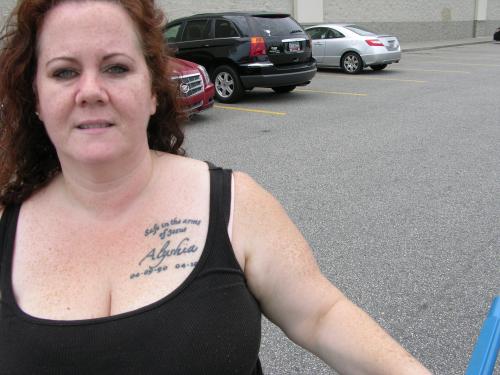Mourning in America
Mourning in America
As I move through the journey of my own grief, I have observed that a culture shift has occurred in what is expected of mourners.
In years gone by, mourning was something of a rite of passage and definitely a formal outward acknowledgment of the loss of a loved or revered one. In Victorian times, black crepe hung around front doors of grieving families. The gentlemen sported black armbands. The ladies wore all black for at least a year. Broaches were crafted with likenesses of the dearly departed and perhaps a lock of hair. Mourning rings were common.
 These visible markers of grieving served as a symbol or reminder that the bearer of such mourning markers should be treated with a little more kindness, a little more patience, a little more understanding.
These visible markers of grieving served as a symbol or reminder that the bearer of such mourning markers should be treated with a little more kindness, a little more patience, a little more understanding.
Now in the new millennium, mourners are treated to the equivalent of Cher’s famous “Moonstruck” movie slap and admonition to “snap out of it!” I swear I heard whispered between the lines somewhere “it’s been 48 hours; you’re OK now, right?”
Seldom do neighbors come bearing casseroles. The bereaved are expected to rejoin the world, back to themselves as though nothing ever happened, in no time flat. Widows and widowers are often interrogated by many about “when are you going to take off your rings?”; “Start dating?”; “get over it – move on?” They act as if they, the interrogators, have the absolute right to an opinion or a personal stake in the decisions.
The interrogators also feel that their opinion is gospel and want to tell us what we should do, feel, be. Some even go as far as to speculate that the dearly departed “wouldn’t want us to grieve” “would want us to move on”; basically imply that they knew the departed better than those who were married to them or know how they would feel. And, not surprisingly, most have never known a deep personal loss.
We are expected to stop grieving before we ever really get started. Or are we?
Have we mastered the art of “drive through grief” or has it just morphed into other displays?
or has it just morphed into other displays?
Take a drive around your community with your eyes open and you’ll see what I mean. You won’t go far before you notice a plethora of roadside memorials dedicated “on location” to traffic accident fatalities. Look again and you’ll see memorial decals proclaiming the loss of a loved one on the back windshields of cars and trucks.
Walk among crowds (or look at your server or cashier) in the summer and memorial  tattoos and maybe even a small vial of cremains on a neck chain will catch your eye. Patchwork quilts made from old shirts and tees or Daddy’s ties are common. Memorial buildings, hospital wings, libraries and 5K runs, even ships are all named to commemorate someone now gone.
tattoos and maybe even a small vial of cremains on a neck chain will catch your eye. Patchwork quilts made from old shirts and tees or Daddy’s ties are common. Memorial buildings, hospital wings, libraries and 5K runs, even ships are all named to commemorate someone now gone.
Somber and stogy formal funeral ceremonies have fallen out of fashion to be replaced with “celebrations of life.” These “celebrations” are not a bad thing, but they also aren’t really new. The Irish perfected those as a “wake” centuries ago.
So have we really stopped grieving so long or have we just changed the form our expression of grief takes? The human spirit, it appears, is irrepressible. Grief that needs a way to be grieved will find a way out.
My question is why would anyone want to make a griever feel bad or guilty for grieving a certain way? Any way that brings them comfort and solace?
I have an idea! How about you grieve your way and I’ll grieve mine.
Article Images





Comments